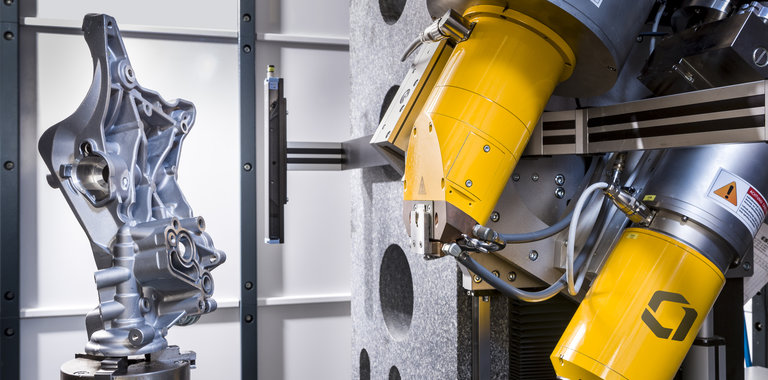
What are radiation source holders?
In this article:
- Radiation Source Holders Are Hermetically Sealed Capsules: These holders safely encapsulate gamma-ray sources used in industrial radiography, ensuring containment and shielding of radioactive materials
- Constructed from Corrosion-Resistant Alloys: Source holders are typically made from durable materials like monel, vanadium, or titanium to withstand harsh environments and prevent leakage
- Encapsulation Is Certified by Atomic Energy Authorities: Each source holder is officially sealed and certified, including documentation of the radioactive isotope, serial number, activity level, and decay data
- Compact Design for High Radiation Density: The radioactive pellet inside ranges from 1–4 mm in size, while the capsule itself measures approximately 5.5 x 15 mm, optimized for high activity in a small volume
- Essential for Safe and Compliant Radiographic Operations: These holders play a critical role in enabling safe transport, handling, and deployment of radioactive sources in non-destructive testing (NDT) applications
All gamma-ray sources for radiography are supplied in hermetically sealed, corrosion
resistant source holders (capsules), made out of monel, vanadium or titanium.
The Atomic Energy Authority in the country of origin encapsulates the radioactive materi-
al. The supplier will supply the source with a certificate which indicates the type of source,
its serial number, the activity at a certain date, and a disintegration graph.
The radiation material proper, also called the source or pellet, ranges in size from
1 to 4 mm. The size is dictated by the specific radiation activity of the source material.
The outside dimensions of the cylindrical capsule are approximately 5.5 x 15 mm, as shown
in figure 9-5.
Advantages and disadvantages of artificial radioactive sources

